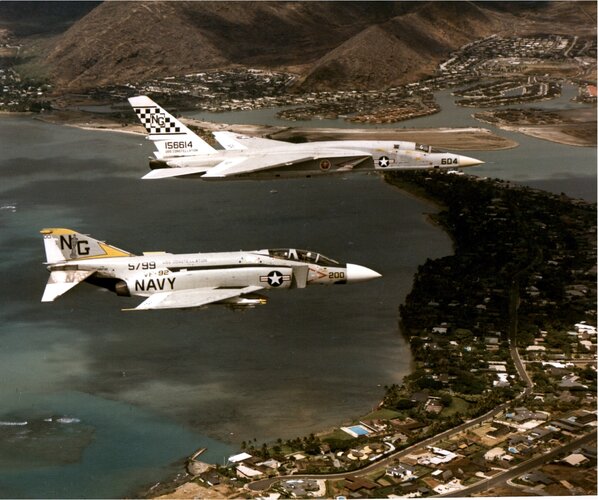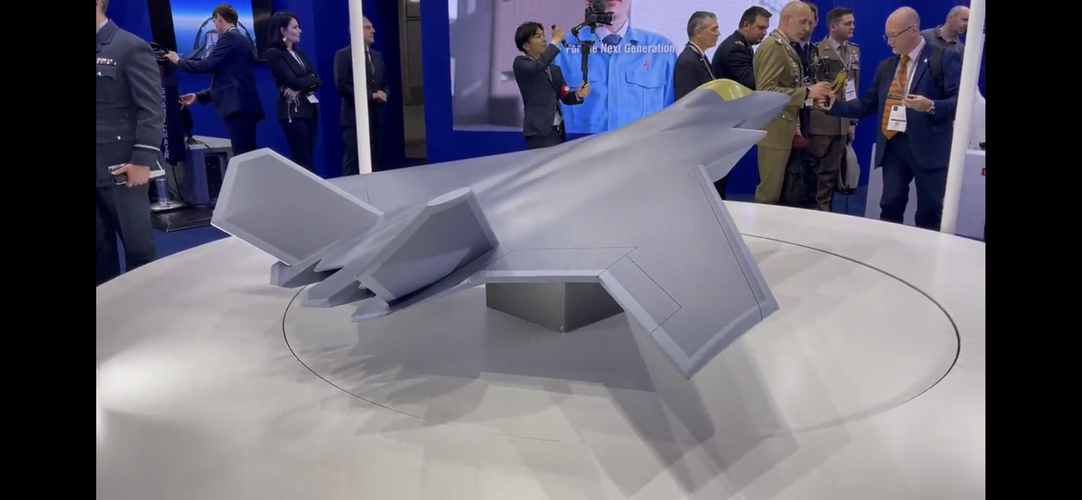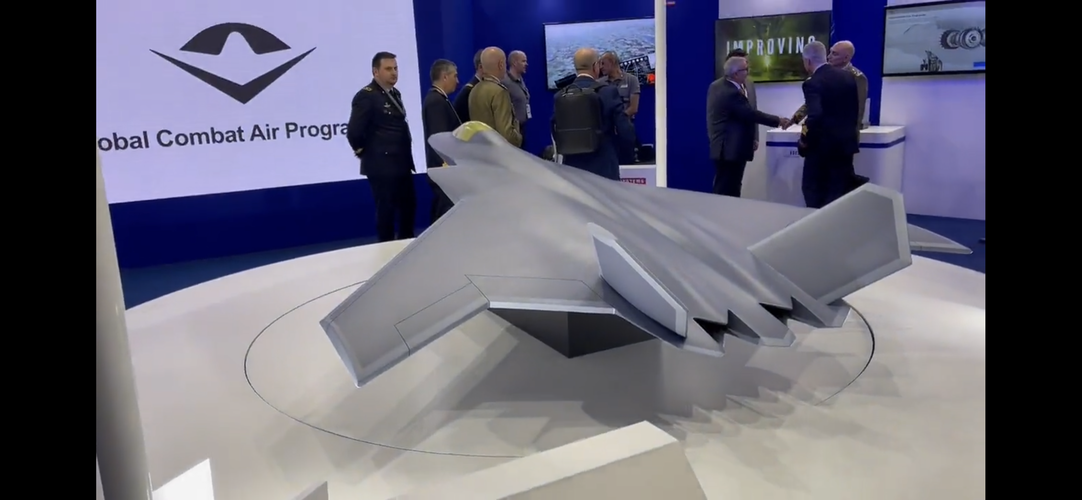kaiserd
I really should change my personal text
- Joined
- 25 October 2013
- Messages
- 1,665
- Reaction score
- 1,713
2 manned platforms (some version of a high-low mix) emerging from this project appears highly unlikely (the “low” part of any mix appears likely to be filled by unmanned “loyal wingmen”).
It appears all but certain that the UK, Japanese and Italian airforces will go with the same manned platform/ airframe and it will be a compromise of their various requirements. While we are likely dealing with a larger airframe than a Typhoon it’s not likely to be that much bigger or massively longer range; that’s just a given given the need for internal weapon carriage and to maintain range etc.
There isn’t the money or gap for the project to also do a light weight version. If Sweden decides to go for a lighter weight aircraft they could partner with this project team or with their French/German/Spanish competitor to share some of the underlying technology but it will in practice be a separate project (and it would probably make more sense for Sweden to just join one of the these 2 multinational projects and accept a slightly larger airframe than they otherwise may have gone for).
The appears to be an undercurrent among some contributors here suggesting (based on special insight/ briefings) that this project is really overwhelmingly UK, with Japan and Italy are just accepting a pre-existing UK design and only contributing relatively token technology, etc.
That appears wildly unlikely given (1) why would Japan and Italy agree to that, (2) if anything like this was remotely or even partially true it would be ruinous politically and for the project itself for anyone on the UK side to be bragging about it.
Assuming it is successful the manned aircraft that emerges from this project will be a product of, and compromise between, the UK, Japan and Italy requirements and industries. That is the necessary nature of any successful long term partnership/ relationship, including of this kind.
It appears all but certain that the UK, Japanese and Italian airforces will go with the same manned platform/ airframe and it will be a compromise of their various requirements. While we are likely dealing with a larger airframe than a Typhoon it’s not likely to be that much bigger or massively longer range; that’s just a given given the need for internal weapon carriage and to maintain range etc.
There isn’t the money or gap for the project to also do a light weight version. If Sweden decides to go for a lighter weight aircraft they could partner with this project team or with their French/German/Spanish competitor to share some of the underlying technology but it will in practice be a separate project (and it would probably make more sense for Sweden to just join one of the these 2 multinational projects and accept a slightly larger airframe than they otherwise may have gone for).
The appears to be an undercurrent among some contributors here suggesting (based on special insight/ briefings) that this project is really overwhelmingly UK, with Japan and Italy are just accepting a pre-existing UK design and only contributing relatively token technology, etc.
That appears wildly unlikely given (1) why would Japan and Italy agree to that, (2) if anything like this was remotely or even partially true it would be ruinous politically and for the project itself for anyone on the UK side to be bragging about it.
Assuming it is successful the manned aircraft that emerges from this project will be a product of, and compromise between, the UK, Japan and Italy requirements and industries. That is the necessary nature of any successful long term partnership/ relationship, including of this kind.
Last edited:










